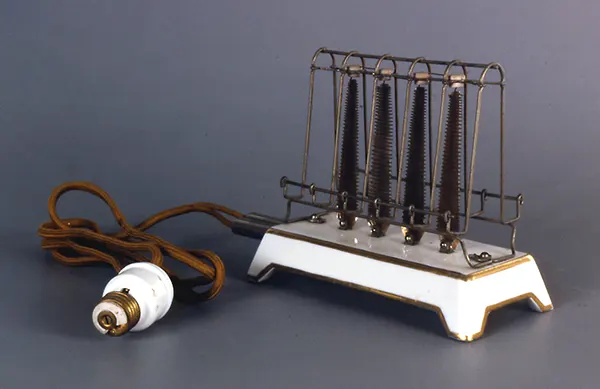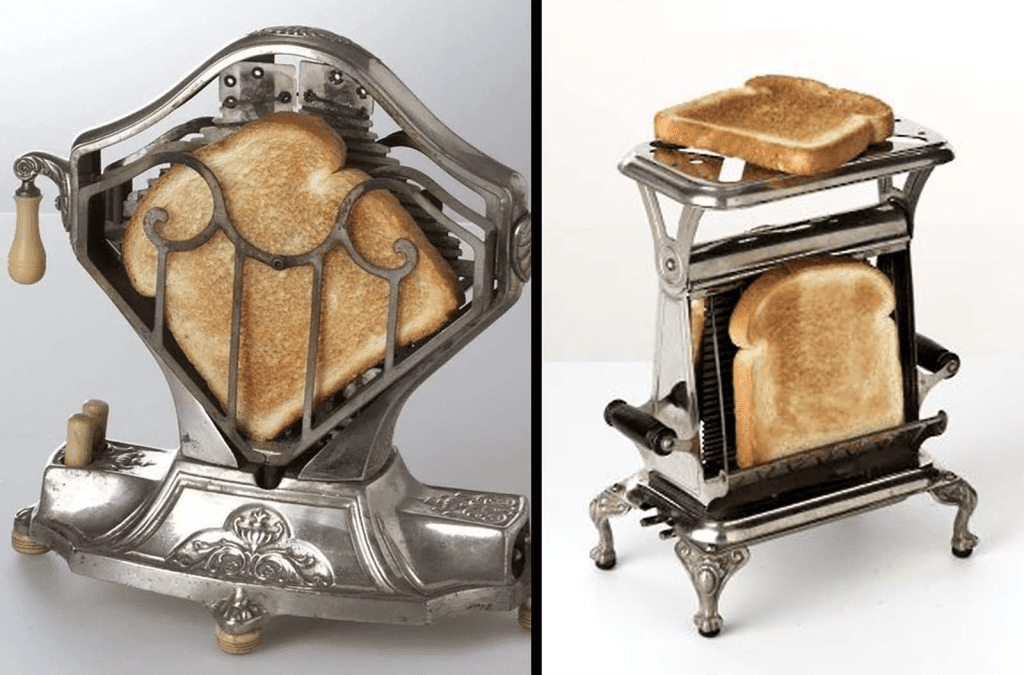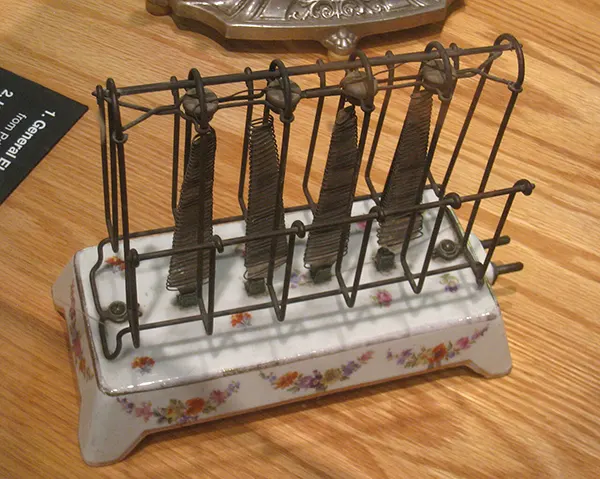The toaster is more than just a kitchen appliance; it’s a symbol of innovation and convenience that has revolutionized breakfast across generations. With its humble beginnings as a simple bread-warming device, the toaster has evolved into a sleek and indispensable tool in our homes. Let’s take a journey through the fascinating history of toasters, from early designs to the sophisticated pop-up models that define modern mornings.
The Dawn of Toasting: Early Challenges and Innovations

In the late 19th and early 20th centuries, the concept of electric toasting faced a major hurdle: creating a durable heating element capable of withstanding repeated exposure to high temperatures. Early attempts often resulted in brittle or short-lived wires, limiting the practicality of electric toasters.
The breakthrough came in 1905 when Albert Marsh, a young engineer, developed Nichrome—an alloy of nickel and chromium. This innovation transformed the landscape of heating technology, making it possible to sustain red-hot temperatures without degradation.
The first standalone electric toaster, the Eclipse, debuted in 1893, created by Crompton & Company in Chelmsford, Essex. Although rudimentary, it set the stage for further advancements by toasting bread on one side at a time using exposed wires.
The First Commercial Success: General Electric’s Model D-12
In 1909, General Electric introduced the Model D-12, marking the first commercially successful electric toaster. This device utilized Marsh’s Nichrome heating element, which ensured reliability and efficiency.
Though manual, the D-12’s innovative design allowed it to toast bread consistently, becoming a staple for households willing to embrace new technology. This model signaled the toaster’s transition from a novelty to a practical household appliance.
Rise of the Pop-Up Toaster: A Game-Changer for Breakfast
In 1919, Charles Strite patented the pop-up toaster, a revolutionary invention that automated the toasting process. Unlike earlier models, which required constant attention and manual flipping, this toaster introduced spring-loaded mechanisms to eject the bread once it was perfectly toasted.
The first consumer-ready pop-up toaster, the Toastmaster, entered the market in 1926. It featured an adjustable timer for toasting darkness and heating elements on both sides of the bread slice, ensuring uniform browning.
Before its introduction to households, pop-up toasters were primarily used in restaurants, where their convenience justified the expense. By the mid-20th century, they became a staple in American kitchens, embodying efficiency and ease of use.
Vintage Marvels: Unique Toaster Designs of the Past
The early 20th century saw an explosion of creativity in toaster design. Manufacturers experimented with various mechanisms, blending functionality with aesthetic appeal. Here are some of the standout designs:
The Turnover Toaster
The Turnover toaster featured spring-loaded doors on either side. Users would flip the bread manually to ensure even toasting, a design that required active participation but delivered consistent results.

The Flopper
Adorned with intricately patterned metal doors, the Flopper used a hinged design to release toast gracefully once ready. Its decorative aesthetic made it a popular choice in stylish households during the 1920s and 1930s.
The Swinger
The Swinger toaster introduced a swinging basket that flipped bread slices for even toasting. What made it unique was its ability to imprint a pattern on the bread, adding an artistic flair to the breakfast table.
The Sweetheart Toaster
Equipped with buttons at its base, the Sweetheart toaster allowed users to swing out the baskets for easy bread insertion and removal. Each press rotated the bread slices, ensuring perfect toasting on both sides.
Toasters in the Post-War Era: A Modern Convenience
The post-war period witnessed the widespread adoption of toasters as household staples. During the 1950s, manufacturers began prioritizing aesthetics, introducing toasters in a variety of colors and sleek designs to complement modern kitchens.
Automatic toasters gained prominence, boasting features such as adjustable timers and levers to customize toasting levels. These innovations transformed the toaster into a reliable, user-friendly appliance.
The Evolution of Toaster Technology
Modern toasters bear little resemblance to their early counterparts, thanks to continuous innovation. Today’s toasters incorporate advanced features such as:
Precision Toasting
Digital timers and temperature controls allow for precise toasting, accommodating a variety of bread types and preferences.

Wide Slots
Accommodating bagels, artisanal bread, and thicker slices, wide-slot toasters enhance versatility and functionality.
Defrost and Reheat Settings
These features make it easy to toast frozen bread or reheat pre-toasted slices without overcooking.
Energy Efficiency
Eco-friendly toasters minimize energy consumption while delivering consistent results, reflecting modern sustainability priorities.
Cultural Significance of the Toaster
The toaster is more than an appliance; it’s a cultural icon. It symbolizes the convenience of modern living and the universal love for perfectly browned toast. Over the decades, the toaster has become a centerpiece in breakfast rituals worldwide, celebrated for its simplicity and utility.
Caring for Your Toaster
To ensure your toaster remains a reliable kitchen companion, follow these maintenance tips:
- Clean Regularly: Empty the crumb tray after each use to prevent buildup and reduce the risk of fire.
- Wipe Down Exterior: Use a damp cloth to clean the outside of the toaster, maintaining its appearance.
- Inspect Heating Elements: Periodically check for signs of wear or malfunction to ensure consistent toasting.
- Store Safely: Keep the toaster in a dry, well-ventilated area to prolong its lifespan.
Conclusion: The Timeless Appeal of Toasters
From the rudimentary Eclipse model to today’s sleek, feature-packed designs, the toaster has undergone an incredible transformation. Its evolution reflects our changing lifestyles and technological advancements, all while maintaining its core purpose: delivering golden, crispy slices of bread to start the day right.
Whether you cherish vintage designs or appreciate the convenience of modern innovations, the toaster remains a quintessential symbol of comfort, efficiency, and culinary delight. So, next time you enjoy a slice of toast, take a moment to appreciate the rich history behind this everyday marvel.


